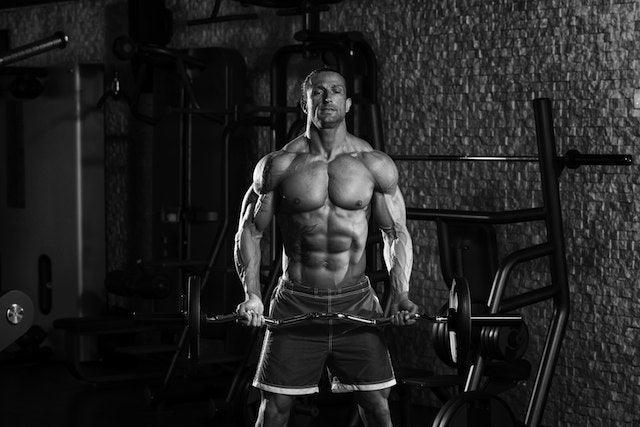

Protein or Carbs: Which is More Anabolic Post-Workout
Table of Contents
Protein or Carbs: Which is More Anabolic Post-Workout
By: Brandon Lirio
The importance (and in some cases even the existence) of the anabolic window has been debated for years. While it’s a bodybuilding fallacy to consider cutting carbs around a workout, and the exclusion of your post workout protein shake makes about as much sense as War and Peace in Mandarin, one argument we aren’t having is which is more important… the post workout protein or the post workout carbohydrate spike. To start this comparison, let’s first designate how we measure the results.
Replenishing the storage of important fuel sources like ATP and Glycogen is important post workout as is the digestion of Amino Acids to repair muscle fibers. One of the major ways we can track how efficiently this is happening inside of our cells is by measuring the anabolic response. The anabolic response is the body’s reaction to ingested compounds for reason of replenishing and repairing after bouts of taxing exercise. Measuring this key bodily reaction in terms of each compound separately and the together will let us know which is more important to proper repair and which is just riding the coattails.

Recent studies have shown us that while sandwiching major bouts of carbohydrate intake for before and after the work periods is a possible way to maximize glycogen storage and ensure solid and sustainable energy levels, anabolic response was triggered much more effectively and in greater levels due to the ingestion of protein and amino acid sources post workout. This would lead us to believe that while the carbohydrate intake is not only necessary and imperative to improve strength and size, the major source for anabolic response and proper repair is actually triggered and engaged due to the ingestion of lean protein sources post workout.

Studies between 2012 and 2015 place optimal protein intake between 25-40g to initiate and take advantage of this anabolic response window, but that even after taking into account protein breakdown there is no upper limit to the anabolic response to protein or amino acid intake in terms of single meal consumption. This means calculating your macro-nutrient intake tailored to your goals and level of exercise intensity and making sure you utilize this window leaves plenty of leeway in terms of variation of numbers to tailor to individual bodyweight, metabolic rate, and individual goals. In other words, take advantage of this key response, but do so with protein numbers that feel right and are tailored to your personal goals.
So all in all, keep your delicious post workout dextrose or sweet potatoes handy… just ensure that you’re taking that protein shake first and ensuring the maximum anabolic response to keep those biceps tearing sleeves of your shirts come beach season.
Katsanos, C.S., Chinkes, D.L., Sheffield-Moore, M., Aarsland, A., Kobayashi, H., Wolfe, R.R. Method for the determination of the arteriovenous muscle protein balance during non-steady-state blood and muscle amino acid concentrations.
Am J Physiol Endocrinol Metab. 2005 Dec;289:E1064–E1070 (PubMed PMID: 16091388. Epub 2005/08/11. eng).
Tesch, P., et al. (1986). Muscle metabolism during intense, heavy- resistance exercise. European Journal of Applied Physiology, 362-6.
Casagrande Figueiredo, V. and Cameron-Smith, D. (2013). Is carbohydrate needed to further stimulate muscle protein synthesis/hypertrophy following resistance exercise? Journal of the International Society of Sports Nutrition, 42.

















